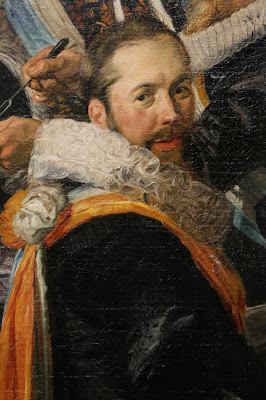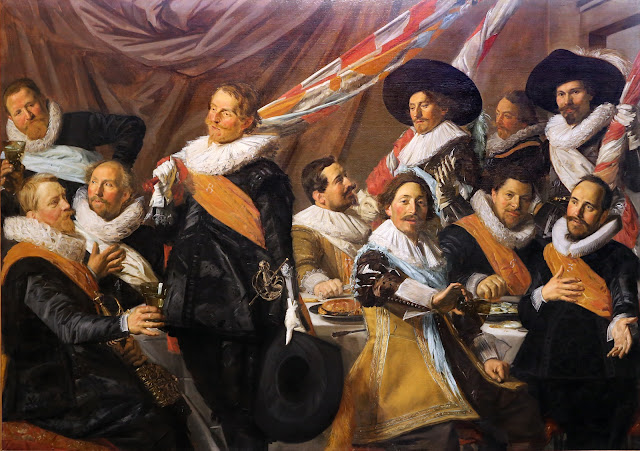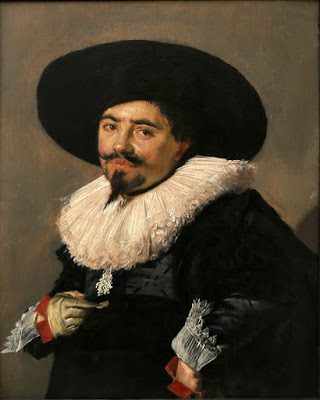 |
| Frans Hals Banquet of the Officers of the St Adrian Militia Company 1627 oil on canvas Frans Hals Museum, Haarlem |
 |
| Frans Hals Banquet of the Officers of the St Adrian Militia Company (detail) 1627 oil on canvas Frans Hals Museum, Haarlem |
 |
| Frans Hals Banquet of the Officers of the St Adrian Militia Company (detail) 1627 oil on canvas Frans Hals Museum, Haarlem |
 |
| Frans Hals Banquet of the Officers of the St Adrian Militia Company (detail) 1627 oil on canvas Frans Hals Museum, Haarlem |
 |
| Frans Hals Banquet of the Officers of the St Adrian Militia Company (detail) 1627 oil on canvas Frans Hals Museum, Haarlem |
 |
| Frans Hals Officers of the St Adrian Militia Company 1633 oil on canvas Frans Hals Museum, Haarlem |
 |
| Frans Hals Officers of the St Adrian Militia Company (detail) 1633 oil on canvas Frans Hals Museum, Haarlem |
 |
| Frans Hals Officers of the St Adrian Militia Company (detail) 1633 oil on canvas Frans Hals Museum, Haarlem |
 |
| Frans Hals Officers of the St Adrian Militia Company (detail) 1633 oil on canvas Frans Hals Museum, Haarlem |
 |
| Frans Hals Banquet of the Officers of the St George Militia Company 1616 oil on canvas Frans Hals Museum, Haarlem |
 |
| Frans Hals Banquet of the Officers of the St George Militia Company ca. 1624-27 oil on canvas Frans Hals Museum, Haarlem |
 |
| Frans Hals Portrait of Aletta Hanemans 1625 oil on canvas Mauritshuis, The Hague |
 |
| Frans Hals Portrait of Jacob Olyean 1625 oil on canvas Mauritshuis, The Hague |
 |
| Frans Hals Portrait of a Woman 1627 oil on canvas Art Institute of Chicago |
 |
| Frans Hals Portrait of a Man 1625 oil on canvas Gemäldegalerie, Berlin |
"Frans Hals (1582-1666) was born in Antwerp, but worked for most of his life in Haarlem. He is best known for portraits of the citizens of Haarlem, to which he brought an incisive characterisation and an unparalleled sense of animation. He also painted group portraits, depicting family groups, members of the civic guard, and regents of Haarlem almshouses. These are generally regarded as his masterpieces. In 1610 Hals matriculated in the painters' guild of Haarlem. It is thought that he met Rubens, who visited the city in 1624. The rapidity of Hals's technique and his incisiveness can be contrasted with the studied fluidity of Rubens's works. Much later, the dazzling virtuosity of his brushwork became an important precedent for the achievements of the 19th-century French artist, Edouard Manet."
– from the biographical sketch at the National Gallery, London